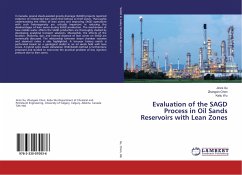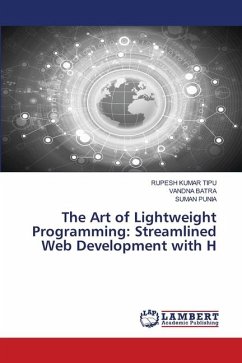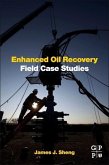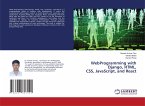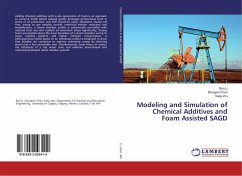In Canada, several steam-assisted gravity drainage (SAGD) projects reported existence of intersected lean zones that behave as thief zones. Thoroughly understanding the effect of lean zones and improving SAGD operations with such heterogeneity are critically important in reducing the disadvantages of lean zones during SAGD production. The mechanisms of how mobile water affects the SAGD production are thoroughly studied by developing analytical transient solutions. Meanwhile, the effects of the location, thickness, size, and interval distance of lean zones on SAGD are numerically discussed. The relationship between steam chamber volumes and steam-oil ratios is also highlighted. A ten-year history match is performed based on a geological model in an oil sands field with lean zones. A hybrid cyclic steam stimulation (CSS)/SAGD method is furthermore proposed and studied to overcome the practical problem of low injection pressure due to lean zones.
Bitte wählen Sie Ihr Anliegen aus.
Rechnungen
Retourenschein anfordern
Bestellstatus
Storno

